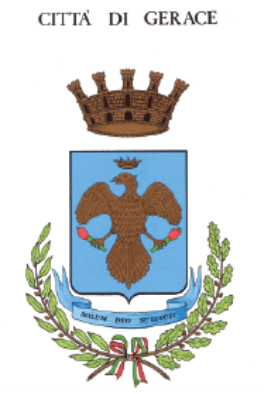About projectThe project From the Medieval Fortresses in Herzegovina to the Austro-Hungarian Fortresses in Montenegro "FORT-NET" is funded by the European Union within the IPA cross-border cooperation program Bosnia and Herzegovina - Montenegro (2014-2020).
The total value of the project is EUR 470,079.65, of which the European Union provided EUR 399,556.55 in grants. Lead partner(coordinator) is City of Ljubuški. The Public Institution Development Agency ŽZH - HERAG participates in the project as a partner from the BiH side. The Center for Sustainable Tourism Initiatives (CSTI) and the National Tourism Organization of Montenegro (NTO) are participating in the project as partners from Montenegro.





